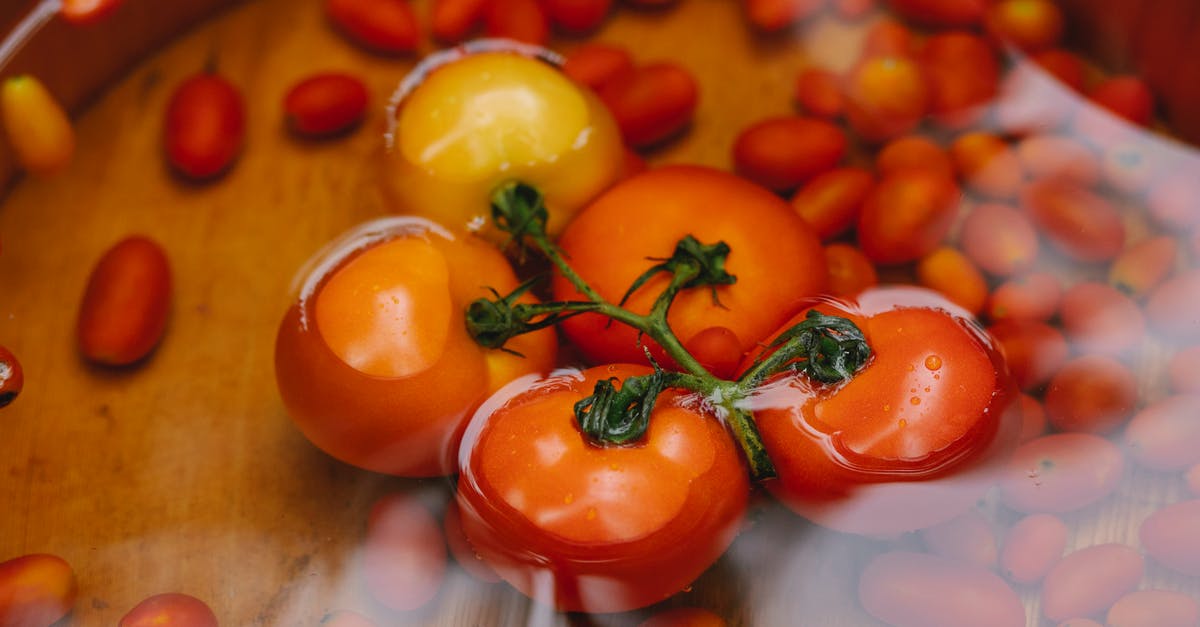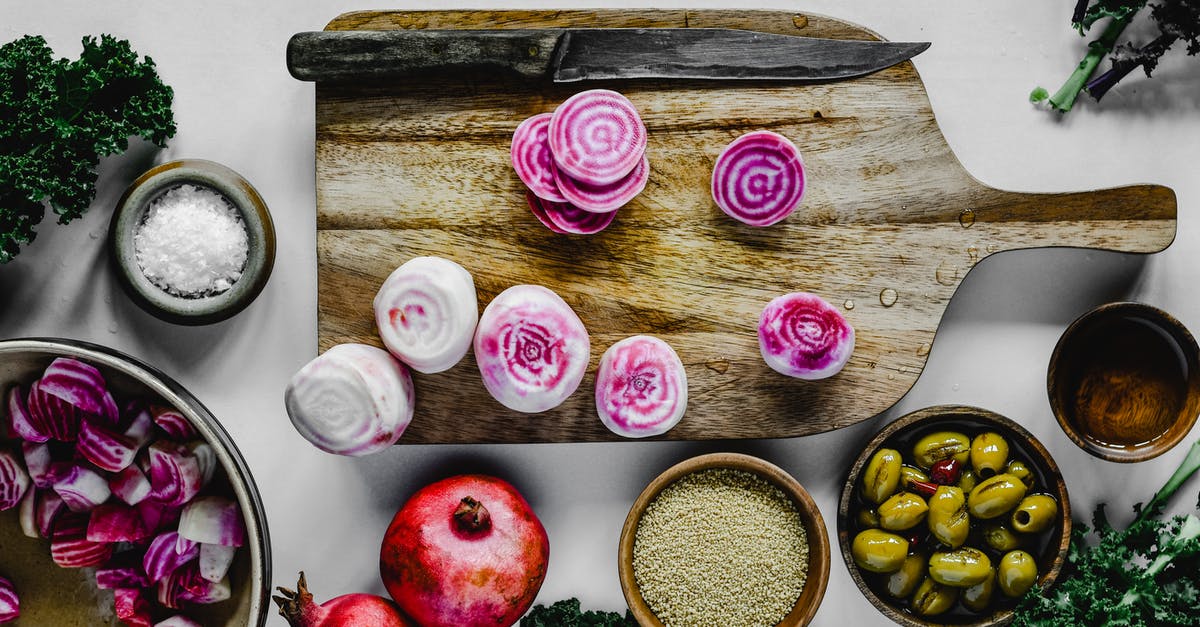How to wash vegetables without running water?

I live in a subtropical climate where most people cook vegetables, rather than eat them raw, so when making green salads, I must be careful to ensure that everything is clean. I have seen recommendations in How to wash lettuce to wash lettuce under running water or in a salad spinner, but I do not have access to either. I have tried adding bottled water to a bowl, then putting the lettuce, onions, and tomatoes in this bowl to soak, but do I not know if this will clean the vegetables sufficiently, especially as the onions and tomatoes seem to already contains some water trapped inside, which is likely not safe to consume. How can I clean these vegetables?
Best Answer
Let's call a spade a spade: if you're in one of many areas where people don't eat vegetables raw, it's because nightsoil or unsterilized animal manure is used to fertilize the fields. A quick rinse won't render these vegetables safe to eat, because you need to kill the pathogens.
To start out, you should wash all dirt and sand off produce; for this wash it is okay to use tap water as long as it is well-filtered, because you will be following it with a sanitizing step. From here you have two ways to render the vegetables safe.
Blanching is probably the best solution to keep most of the flavor and texture, while still avoiding illness. To do this, briefly immerse the vegetables in boiling water, and then transfer them to a (boiled) ice water bath. The exposure to very hot water should kill most pathogens, but by only briefly exposing them to hot water you won't cook them much.
An alternate, but not as effective approach is to soak in sanitizing solution for 15-20 minutes. According to this source, there are a couple good options. One is a ionized silver suspension; in Mexico this is sold as Microdyn or Bacdyn. Another option is bleach, prepared at roughly 1 1/2 tsp bleach (5.25% hypochlorite solution) per gallon (4 liters) water. After immersion, bleach should not be rinsed off until just before use, and final rinse should be food-safe water. Note that rinses will not kill all bacteria, but will significantly reduce their counts.
Use caution if you use an alternate sanitizing procedure: a lot of vegetable washes are just intended to remove waxes and pesticide residue, not kill pathogens. Even ones with mild antibacterial properties won't cut it, since you need to kill a wide range of pathogens AND parasites: Ascaris worms in particular are common in developing areas and potentially lethal.
Finally, be extra cautious about cross-contamination. Any fresh produce should be handled as if it's raw meat, because it can carry almost any food-borne illness. Cleaning should be done before cutting produce, so as to avoid introducing pathogens into the interior. You'll probably also want to take anti-parasite medications bi-annually to supplement this, since they harder to eliminate from food and may slip through.
Oh, and if you're ever tempted to skip the cleaning steps, remember: there's a good chance your vegetables have poop on them.
Final footnote: there is an EXCELLENT resource on food safety in the Yucatan, by a PhD who worked in public health and for the EPA. The advice is broadly applicable to anyone living in developing countries.
Pictures about "How to wash vegetables without running water?"



Quick Answer about "How to wash vegetables without running water?"
Most fruits and vegetables can be sufficiently cleaned with cool water and light friction right before eating them. Produce that has more layers and surface area can be more thoroughly washed by swishing it in a bowl of cool water to remove dirt particles.How do you wash vegetables without water?
Henry recommends treating your produce like dishes, filling one bowl or pan with wash water (soap optional) and another with rinse water. Start by dunking or leaving produce to soak in the wash water, then rinse off in the next \u201cclean\u201d bowl or pot, and finally wipe clean and dry everything off with a towel.What is the fastest way to wash vegetables?
Gently rub produce while holding under plain running water. There's no need to use soap or a produce wash. Use a clean vegetable brush to scrub firm produce, such as melons and cucumbers. Dry produce with a clean cloth or paper towel to further reduce bacteria that may be present.What is the safest way to wash fruits and vegetables?
At HomeWhat to soak vegetables in to clean?
The US Food and Drug Administration, the US Department of Agriculture and other scientists agree: use a cold water soak with baking soda to effectively help remove dirt, chemical residue, and other unwanted materials from your fresh vegetables and fruits.How to Wash Vegetables Naturally : Healthy Fruit \u0026 Vegetable Tips
More answers regarding how to wash vegetables without running water?
Answer 2
my father says he used to wash veggies with Hydrogen peroxide. He's pretty healthy. I didn't believe him so I googled it. http://www.truthorfiction.com/rumors/h/hydrogen-peroxide.htm Scroll down to number 16. It says It's fine to use it with vegetables AND fruit. :)
Answer 3
Buy a water filter to take the dirt out of the water, it will look clean.
Dilute a drop of food-safe bleach in the filtered water.
Let treated water stand covered for 30 minutes. If water is still cloudy after filtering, double the amount of bleach used.
After ensuring the water is correctly treated, use it to wash your vegetables.
Or go with BobMcGee's advise.
Answer 4
Take a look at this and a more complicated version.. It seems baking soda or vinegar can be used to clean vegetables.
Sources: Stack Exchange - This article follows the attribution requirements of Stack Exchange and is licensed under CC BY-SA 3.0.
Images: Ron Lach, Any Lane, Eva Bronzini, Any Lane
